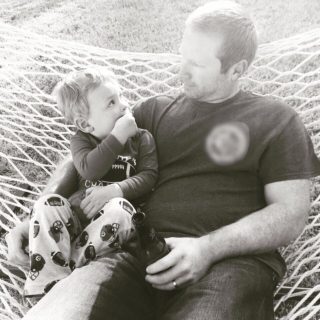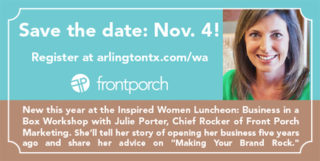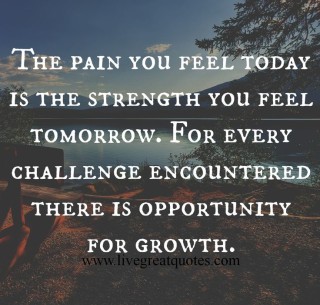
Going Digital is the Future
If there’s anything we learned from the pandemic it’s that going digital is the ultimate way to survive as a business. No one expected an event like this to disrupt the world as fast as it did, but we adapted. Lots of corporations switched to being remote or hybrid; and Zoom became a household name. With the world going digital many of us started to realize the importance of marketing ourselves online and there’s no better place than LinkedIn. Membership has climbed to reach over 780 million since the pandemic hit. So there’s no better time than now to upgrade your LinkedIn!
Personal branding is a topic we’re all familiar with. We all know it’s important, but many of us don’t give it the attention it really deserves. Most of the time were just too busy to give it any real time or thought. We think “I know there’s more I could be doing to improve my LinkedIn.” However, in this day and age its crucial to have your personal brand looking clean and professional. Here are a couple of tips and tricks to improve your LinkedIn profile.
Upgrade Your Profile Picture
Your picture is the first thing people see when they click on your LinkedIn profile. It’s important that you get this right. First make sure the picture is a recent photo of you, then make sure your face takes up about 60% of the frame. No long distance shots, and smile with your eyes!
Choose a Background Photo
Choose a background photo that represents either what you do, or your interest in visually interesting way. If you don’t have your own photos to work with, I recommend using a free hd stock image site called Unsplash. Also try to stick with a photo that fits within 1584 (w) x 396 (h) pixels for the best quality.
Get Creative With Your Headline
Your Headline doesnt just have to be what your business is. Try to add a little bit of flair or creativity to it. For example take a look at EA Talent Recruiter Jason Yuan’s LinkedIn headline, “I don’t usually stalk profiles, but when I do I usually have a career opportunity for you. Want to connect!?”. See how he managed to hook your attention and explain what he does? This is what you should be shooting for.
Expand your Network
Linkedin has amazing networking opportunities and has made it very easy to expand your network. One helpful tip is to link your profile with your email address book. LinkedIn will then suggest people you should connect with. Once you start connecting with people you may even notice that you have connections working at companies that you are currently applying for. I strongly suggest if you are in college that you connect with those who go to your school in your major. You never know when that connection may come in handy.
Take Skill Assessments
These are free tests that LinkedIn has created to help you stand out amongst the crowd. According to Linkedin candidates who have certified skills are 30% more likely to get hired. I recommend to getting certified in the Microsoft Excel assessment. It’s a universal skillset that will always help you standout. Obviously the more certified skills you have the better.
Publish Your Own Content
The best way to get noticed on LinkedIn is to publish engaging, long content. You should start pumping these out to start conversations. Make sure it’s interesting. A good tip is to look at the trending articles on LinkedIn News on the right hand side of your account. Look at the trending topics on the platform and share your thoughts or experiences on the topic. If you can don’t be afraid to sprinkle in a little emojis. It may sound stupid but it actually increases reader engagement. Just don’t over do it. Also try to steer away from politics on LinkedIn. This is a platform for professional networking, it’s not Facebook or Twitter.
A Brighter Future Awaits
Upgrading your LinkedIn doesn’t have to be done all in one day. Try to take it in small chunks. These steps may seem trivial at first, but I promise if you knock these out when you have your lunch break, or when find yourself with extra fee time you won’t regret it. Allow LinkedIn to work for you by taking the first step!










